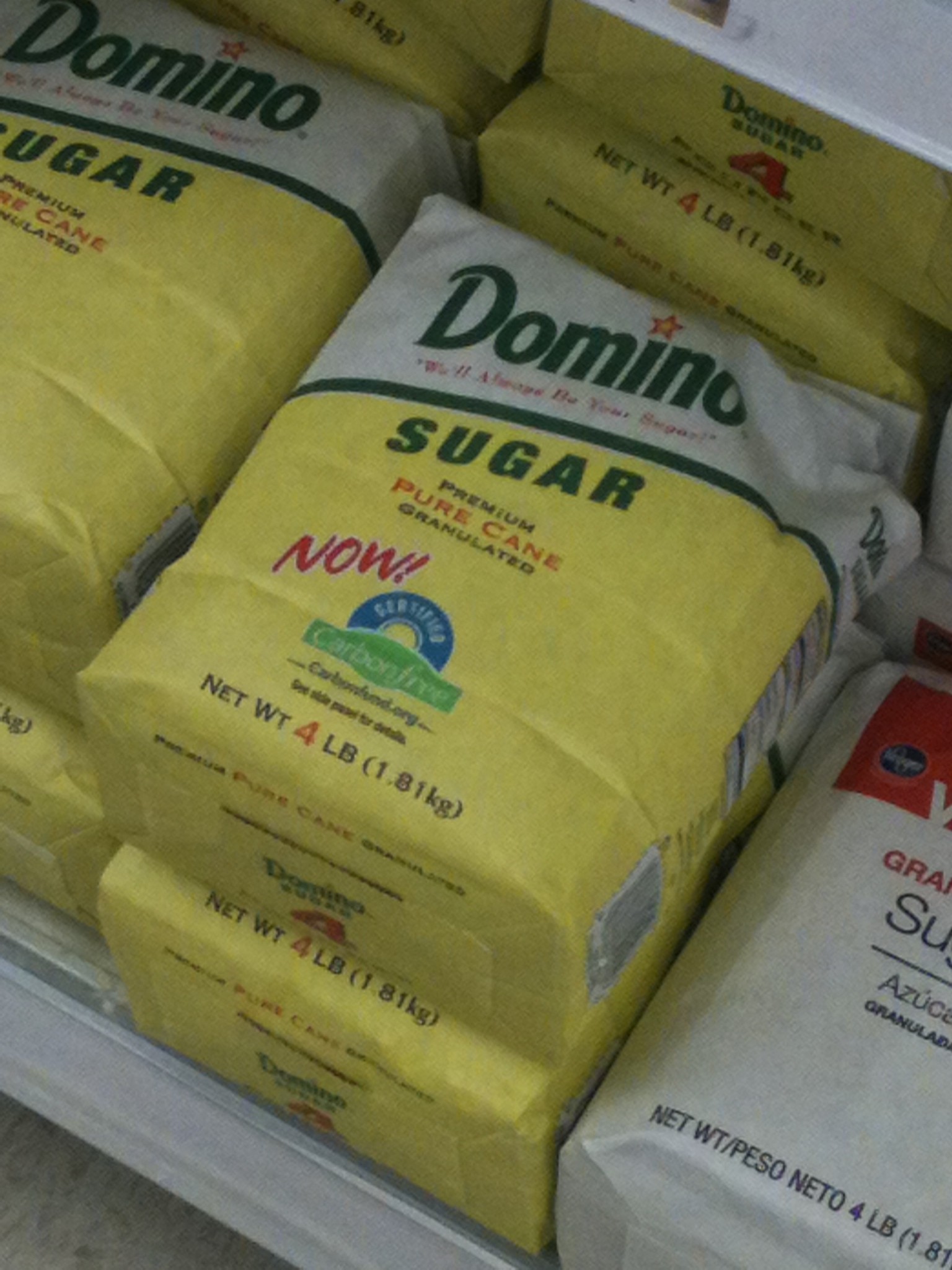Families everywhere are struggling to get the most of their grocery budget. It doesn’t matter if you are on food-stamps or not. Getting the most for your grocery dollar is critical. If you waste all your money on cheap, non-nutritious food, you run the risk of causing illness in your self or your family. If you spend your money on high dollar items that are consumed in a day or so, you may struggle to find money to buy more food.
I recently stumbled across the site: SavingMore.com. This post, in particular, touched on the single most important thing people must remember when reading or watching television shows on couponing. The elephant in the room is pointed to and declared:
Whenever a magazine article or television spot features a big-time coupon shopper, it gets a lot of attention and press time. It’s not at all uncommon to see an average modern parent get several hundred dollars worth of groceries for a fraction of the cost. It’s important to keep in mind, however, that these shopping trips are usually carefully planned for the cameras (Emphasis added).
The trips may be staged, but I believe the popularity of the television programs lead to the changes in coupon policies at major retailers. Limiting the doubling of coupons to 50 cents or less started some time ago. Recently, there is a trend toward discontinuing doubling of coupon entirely.
I also noticed a change in the value of coupons from major companies like Procter & Gamble. Coupons are worth less and less. Coupons for Charmin toilette paper are now 25 cents. That’s no bargain for me, even if I can get it doubled.
The new Kroger policy of not doubling coupons, but “reducing” the price of items is not working for my shopping budget. I am now shopping more strategically, spending time checking competitor’s sales, shopping at Foodland where they still double up to 50 cent coupons, and changing my product purchasing habits (hello P&G – buying even less of your stuff now).
I have several “loyalty” cards. These are a scam, in my opinion. It’s a marketing tool to track customer’s purchasing habits. Kroger proves this by mailing coupons for things you regularly buy, or alternative brands for similar items. The only way they know what to send is to monitor what is purchased using the card number. The “savings” you get using the cards is part of the game.
I am using sites like Coupons.com and CouponMom.com more and more. I can print coupons for things I regularly purchase. I can research sales and special deals to get more savings. I look for coupons with or without sales that save me 50% on the item.
Just this past weekend, I discovered Dollar General had a great price on shaving gel my husband uses. I found a buy-one-get-one coupon (BOGO) for that brand. When I got to my local DG I found each can came with 5 free disposable razors. So, for $2.65 I got two full size shave gels and 10 disposable razors. But, Dollar General isn’t the only place I found a bargain.
Rite Aid had certain Pantene hair products 2 for $7.00. I found a coupon for $2.00 off two Pantene shampoo or conditioners. Rite Aid also “credited” loyalty card holders $2.00 for the purchase of two Pantene hair products. I spent $1.50 each for each Pantene shampoo and conditioner. Considering what it normally costs, that’s a pretty good deal.
Could I purchase an off-brand or lower quality product for less? Yes, I could. There are some things that I prefer to pay more. Laundry soap, toothpaste, and bath soap are things I have specific brand requirements.
While grocers like Kroger create ways to increase their profits, creative people will find ways to reduce the drain on the household budget.
Tags: budget, couponing, coupons, Foodland, groceries, Krogers
